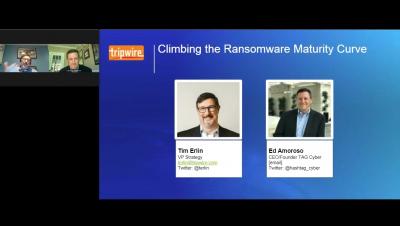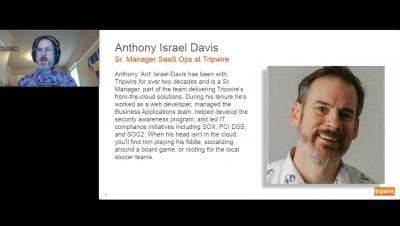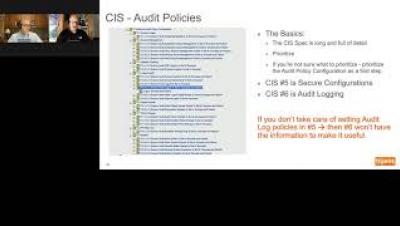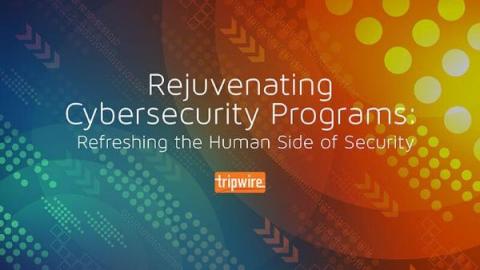Out of Band (OOB) Data Exfiltration via DNS
Last week, I attended the NotSoSecure Advanced Web Hacking training. While there were plenty of interesting topics taught, one that caught my attention was Out-of-Band (OOB) Data Exfiltration using DNS. Back in 2018, NotSoSecure published an Out of Band Exploitation (OOB) CheatSheet. In that document, they cover methods by which you can exfiltrate data. One of these uses files written to disk and multiple DNS queries to send large chunks of data.










